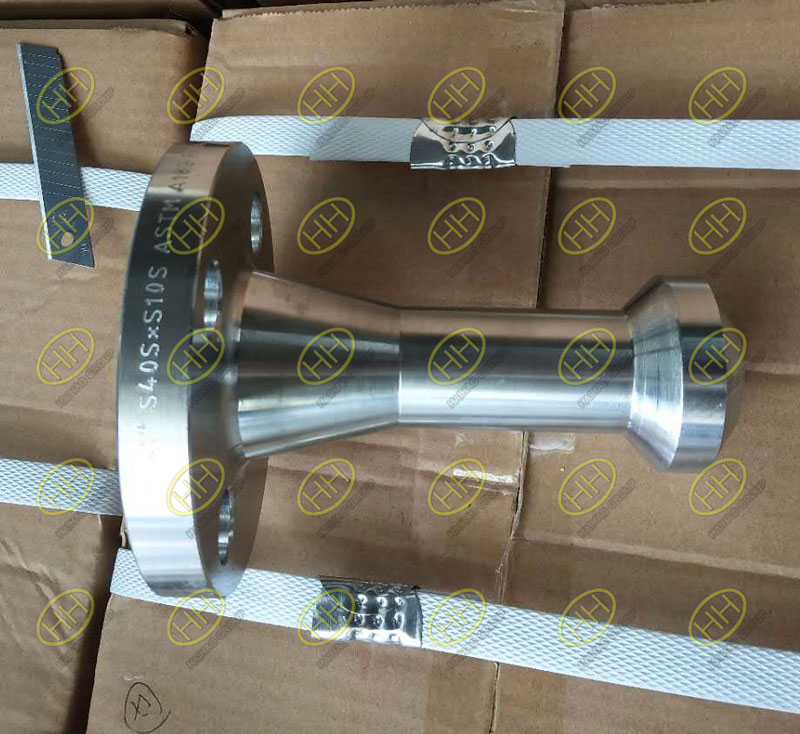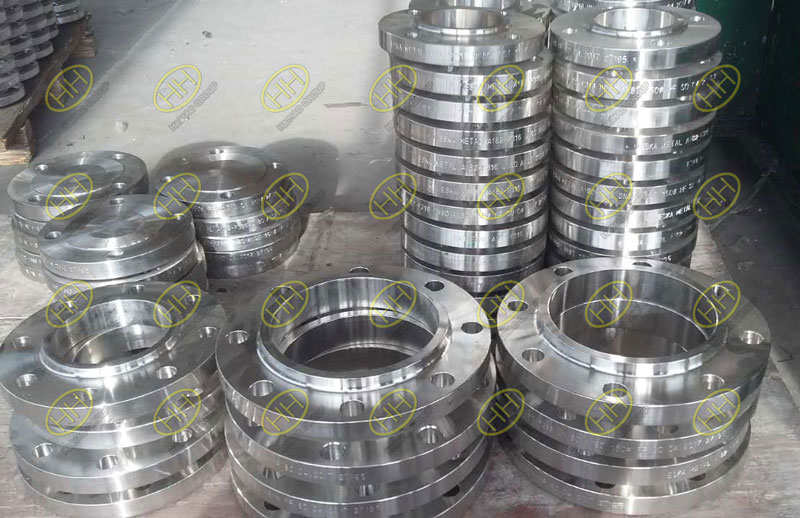Difference between 304 and 316 stainless steel
304 stainless steel and 316 stainless steel are the two most commonly used stainless steels. In addition to their high temperature and corrosion resistance, the differences between them are also very obvious:
1.The metal composition of the two is different
The average nickel content of 304 stainless steel is 9%, while that of 316 stainless steel is 12%. Nickel can improve the high temperature durability, mechanical properties and oxidation resistance in metal materials.
In addition, 316 stainless steel also contains molybdenum (MO) which is not made of 304 material, which further enhances the corrosion resistance of 316 stainless steel. Therefore, the amount of nickel (Ni) and molybdenum (MO) in the material directly affects the comprehensive performance of the material.
2.The performance of the two is different
304 stainless steel can not be strengthened by heat treatment, can not be quenched like carbon steel, and has no magnetism.
However, 316 stainless steel has stronger acid and alkali resistance and high temperature resistance than 304 stainless steel, which is mainly used in food industry and surgical equipment, and 316 stainless steel basically does not have the phenomenon of thermal expansion and cold contraction, which is very important for precision parts.
All in all, the corrosion resistance, high temperature resistance and strength of 316 stainless steel are better than 304 stainless steel, which can be used in more severe conditions, but the cost is also higher than 304 stainless steel.
Haihao Group manufacture stainless steel, carbon steel and alloy steel products more than 30 years,the products sells well all over the world for the high quality.If you have any question,please contact us! Email:sales@haihaogroup.com



